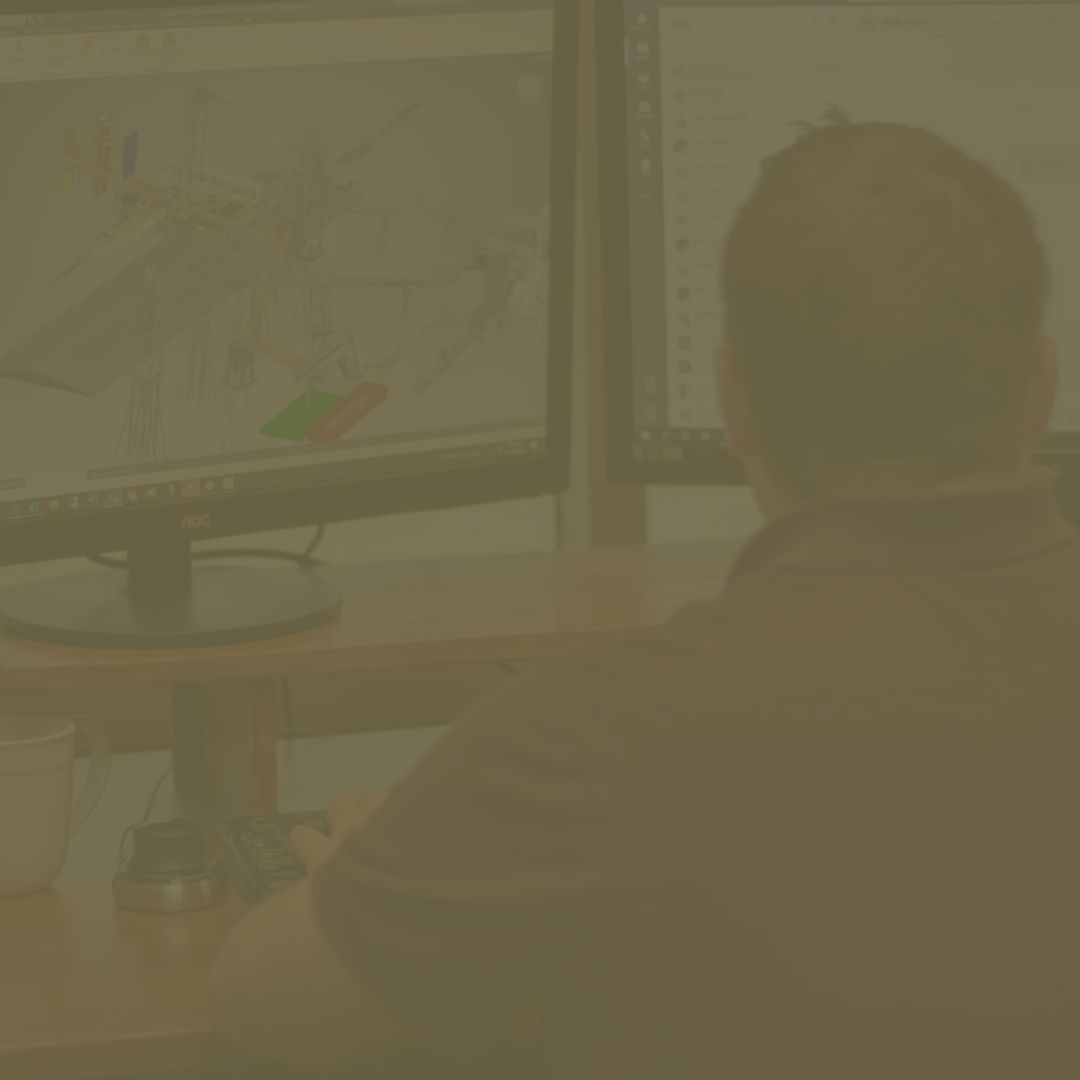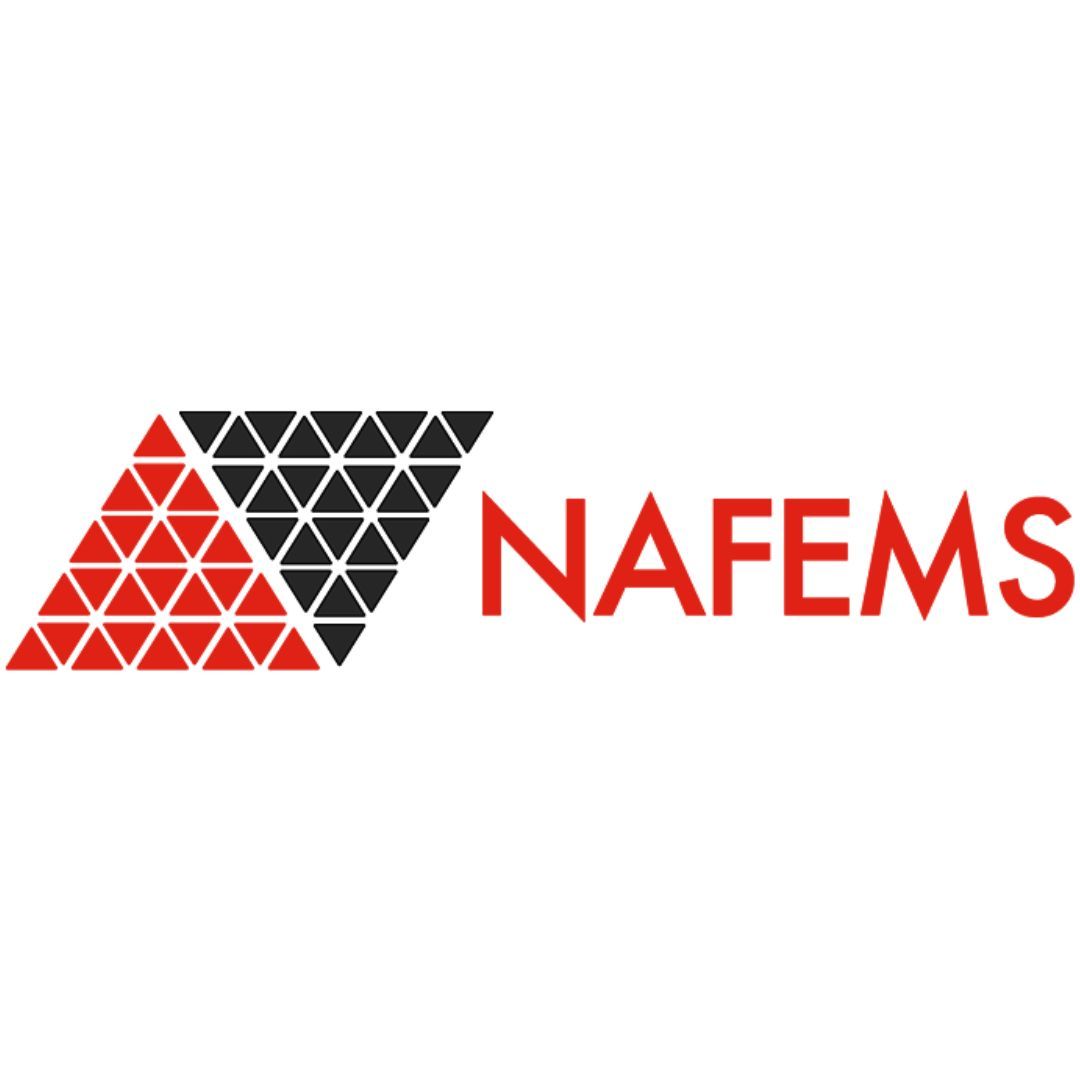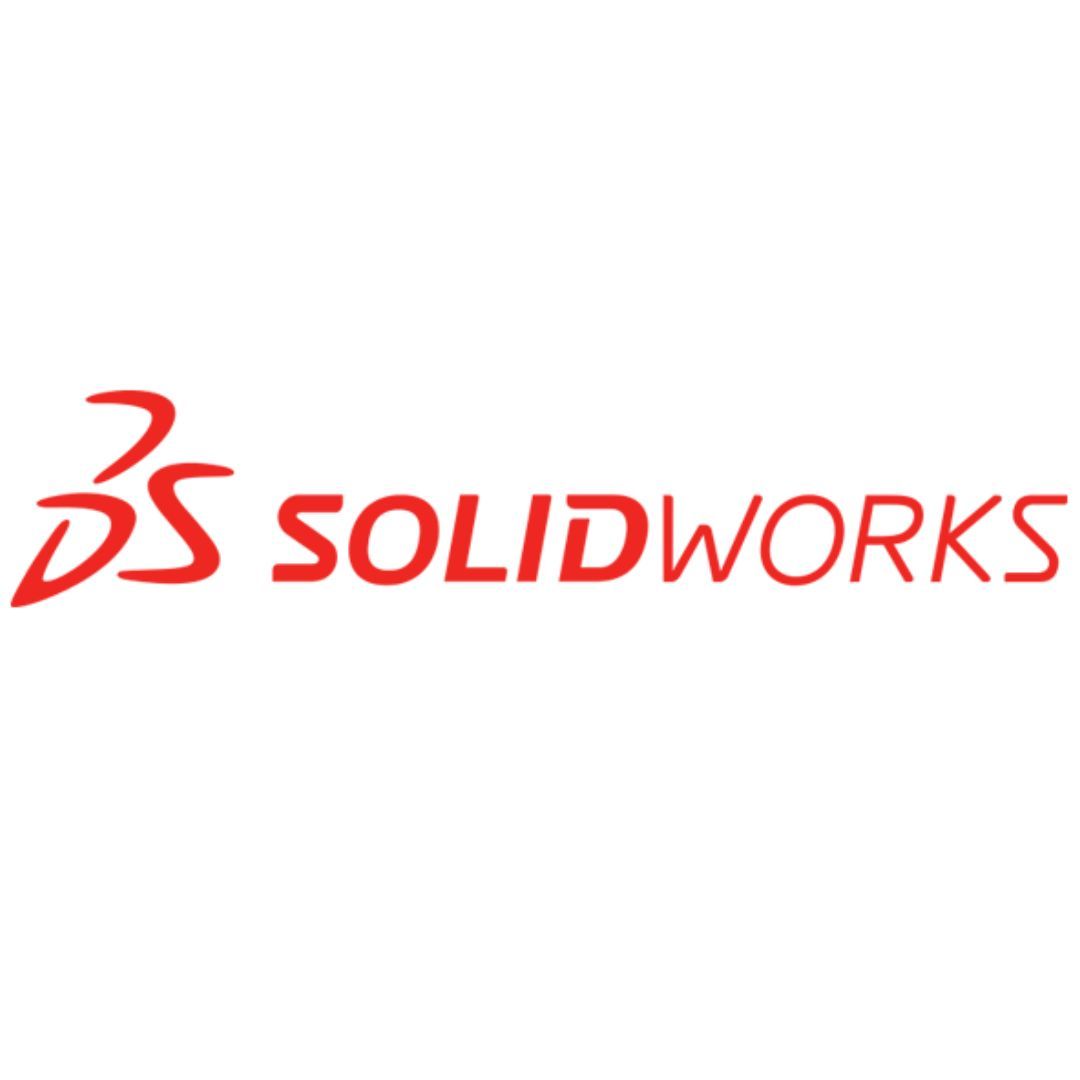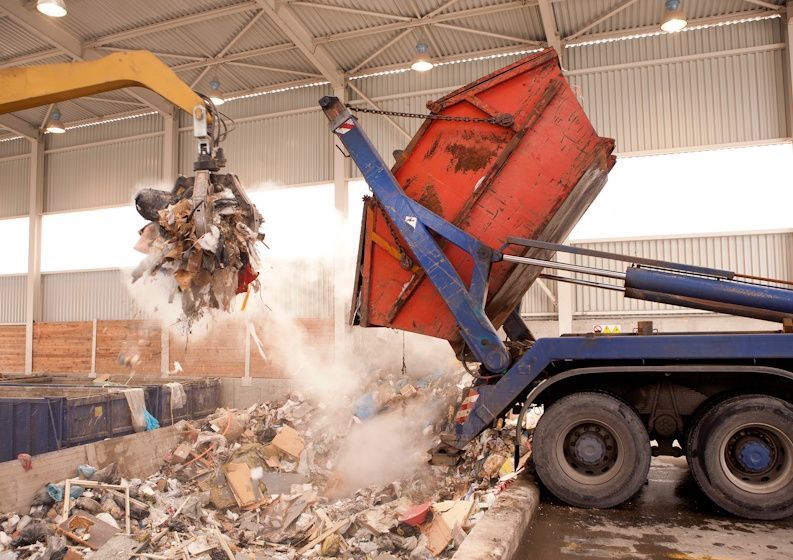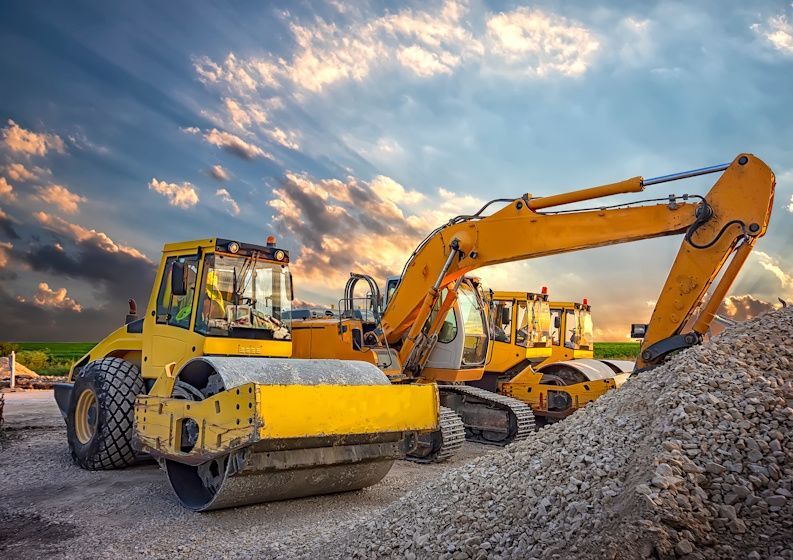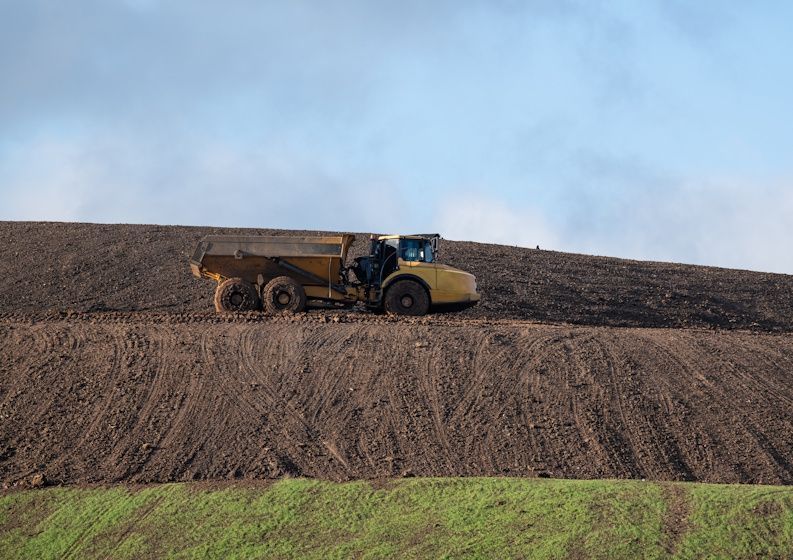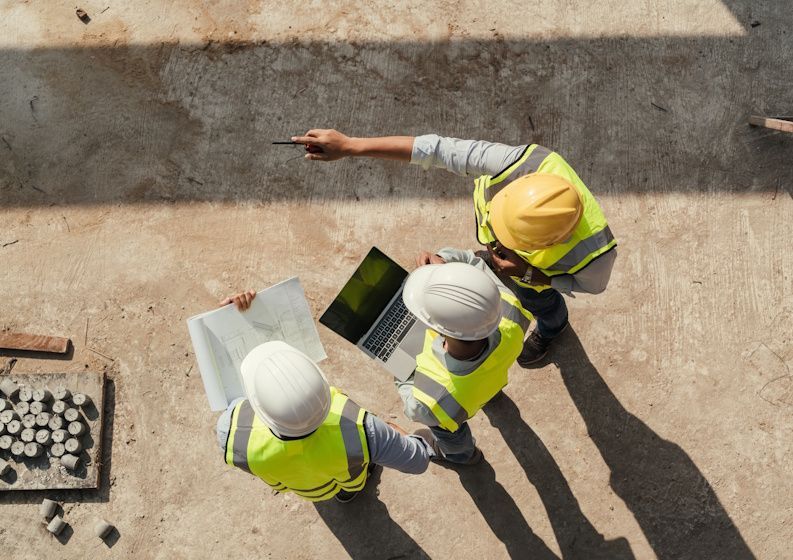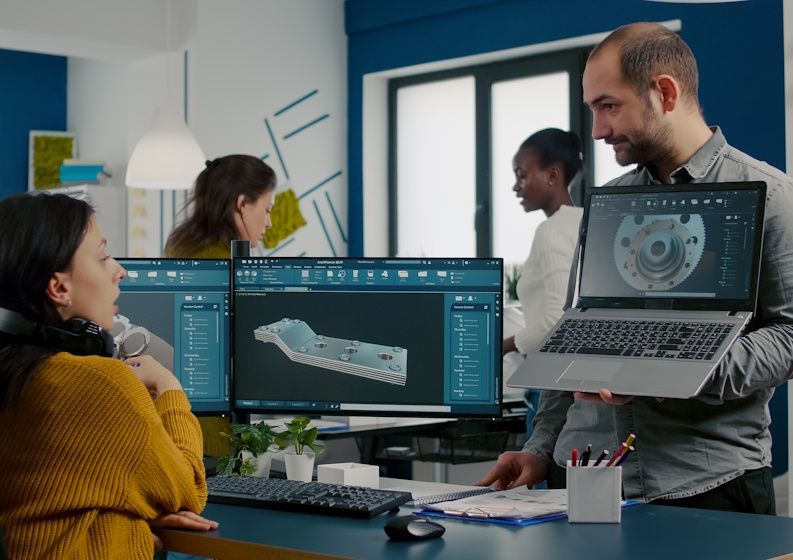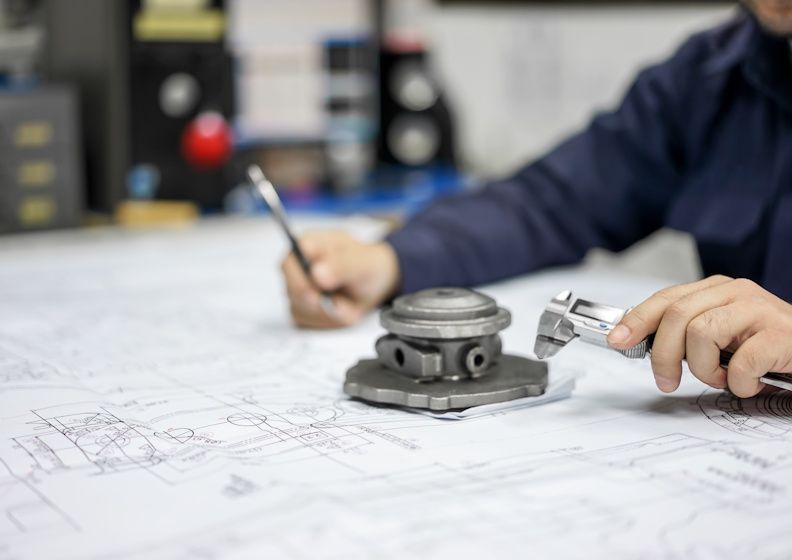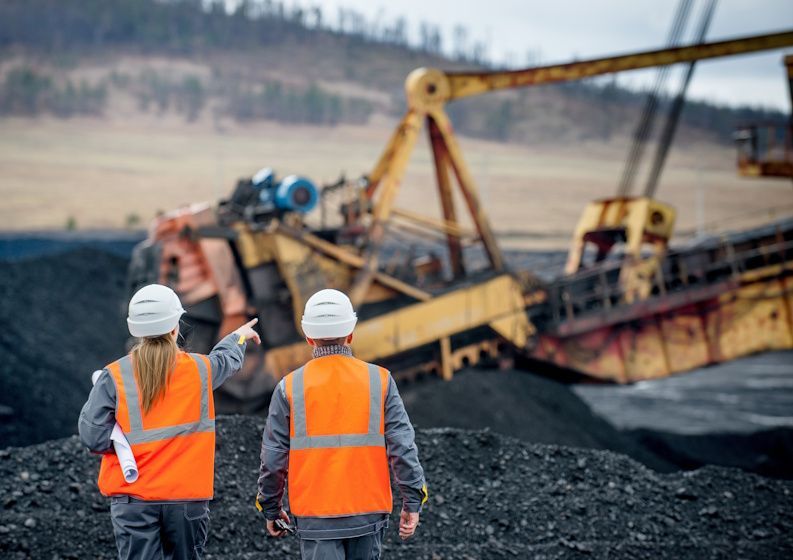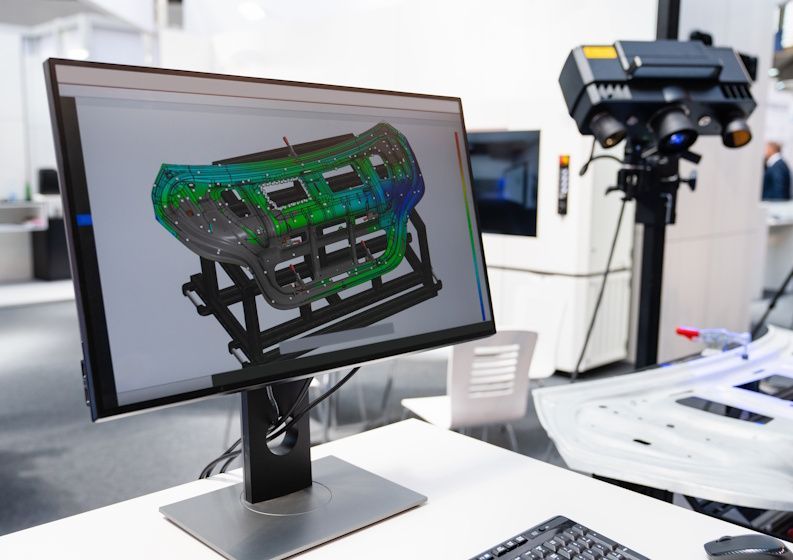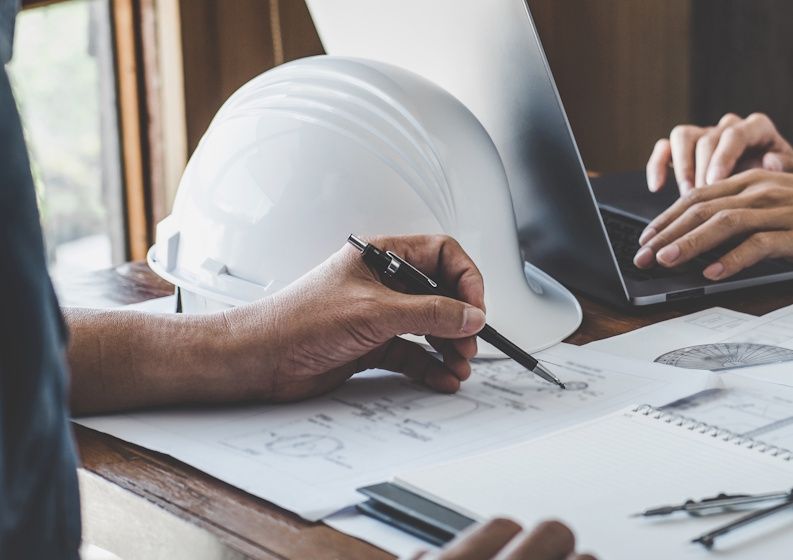Reverse Engineering Solutions for the Mining and Energy Equipment Industry
This Market Poses Difficulties that Require Critical Thinking and Engineering Expertise
The mining and energy industry is nothing without its heavy equipment and machinery. However, challenges persist for mining and energy businesses due to legacy equipment, a lack of on-site engineering resources, difficulty keeping up with industry changes, and business uncertainty about how to grow. A company may remain stagnant or experience decline when they don’t have a strategy to resolve these difficulties.
Reverse engineering is an essential first step for mining and energy businesses that want to move past challenges and find innovative solutions. Reverse engineering services include:
- Recreating parts or molds that are no longer available.
- Restoring missing documentation.
- Providing insight about competitors to spark innovation.
- Offering an opportunity to build on American soil.
Reverse Engineering Handles Legacy Equipment Challenges
In an industry that depends on legacy equipment for day-to-day operations, a broken piece of machinery can lead to downtime and losses.
However, mining equipment can be reverse-engineered to get all relevant data and build the part again. Light Detection and Ranging (LiDAR) allows engineers to scan a part, create a 3D model, and use that information for machining.
Mining businesses can hire a reverse engineering consulting team to avoid worrying about a lost mold or a lack of knowledge about how a part was originally built.
How Reverse Engineering Resolves Trouble With Paperwork
In 2024, the U.S. saw $3 billion in mergers and acquisitions among mining and energy companies. Although many challenges exist during these transitions, those related to equipment are often overlooked.
A business may inherit quality equipment, but not the technical documentation required to troubleshoot or repair it. Even the best equipment will need support. When documentation is missing, a reverse engineering team can step in and learn how machinery or an individual component was engineered. With this data, the team can develop the documentation needed for successful equipment operation in the future.
Reverse Engineering Helps Businesses Survey the Competition and Respond
As the U.S. continues expanding its energy technologies for more sustainable cities, homes, vehicles, and personal devices, demand for minerals like copper, lithium, nickel, and cobalt is growing.
According to the International Energy Agency, demand for silicon rose by 30% in 2023, and other minerals increased by 8 to 15%. This $325-billion industry is becoming more competitive every day, as businesses try to corner the market and take advantage of increased activity.
If a business is considering new mining equipment or machinery to optimize production, it may need to perform market research to determine how other companies have achieved success. Reverse engineering provides insight into competitors’ equipment, so a business can optimize current machinery and create innovative solutions that exceed what’s working well for their competitors.
A reverse engineer is a catalyst for a mining and energy equipment company’s drive to optimize equipment, overtake competitors, and experience significant growth.
Reverse Engineering Solves Tariff Concerns on International Equipment
The European Union, Japan, and China are significant players in mining and energy equipment manufacturing. For U.S. businesses, that may mean costly tariffs when they require new machinery upgrades or wish to expand operations.
However, these tariffs don’t necessarily prevent businesses from acquiring equipment at a lower cost. Companies can employ reverse engineering for mining equipment purchased overseas and provide that data to a U.S. manufacturer that can potentially provide a cost-effective solution.
Reverse Engineering Is a Versatile Solution, but It Requires Expertise
The mining and energy equipment industry depends on reverse engineering services to shore up what has been lost in a merger, troubleshoot machinery failures, avoid the fallout from U.S. economic policy, and gain a competitive edge.
To experience this technique’s full impact, reverse engineering for mining equipment requires the specialization of a mechanical engineering and product development team. Reverse engineering provides the information businesses need to understand how a part was made. However, a reverse engineer can only take this project so far before further engineering efforts are required.
Next Steps After Reverse Engineering
To draft technical documentation, troubleshoot or prevent equipment failure, and build optimized machinery, a business needs the support of a team that provides the full range of product development services. These services include concepting, modeling, computer-aided drafting (CAD), drawing, analysis, hand calculations, and more.
The product development services a mining and energy business chooses should also have a significant depth of experience with the particular equipment used in the industry. Learn more about how businesses enter a new phase of success after reverse engineering, beginning with this article.




